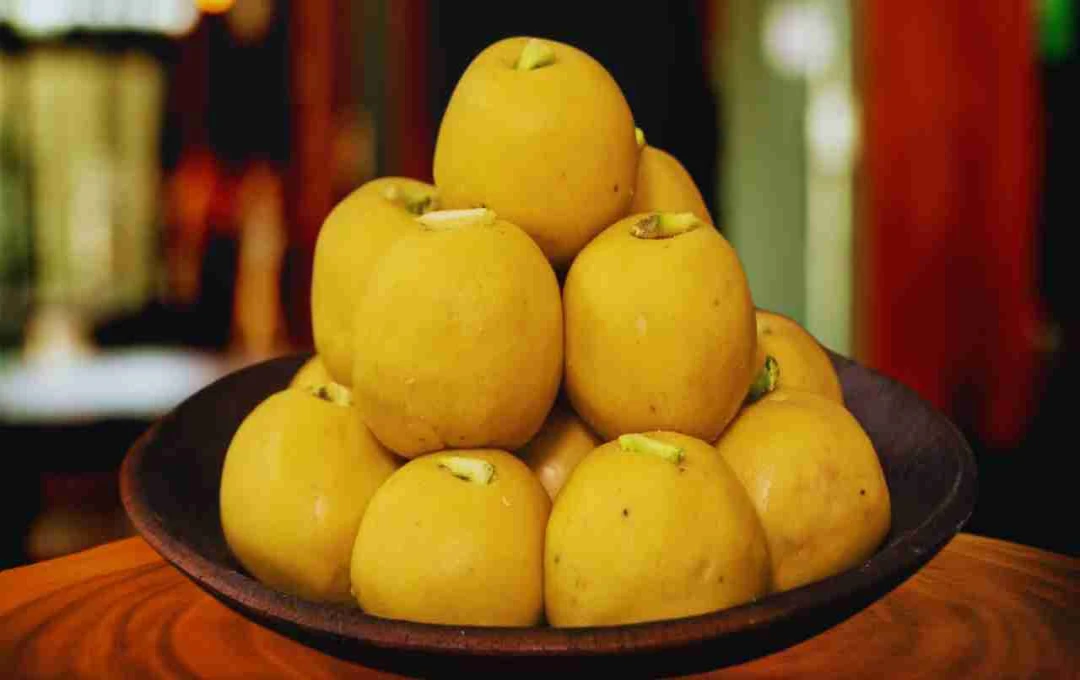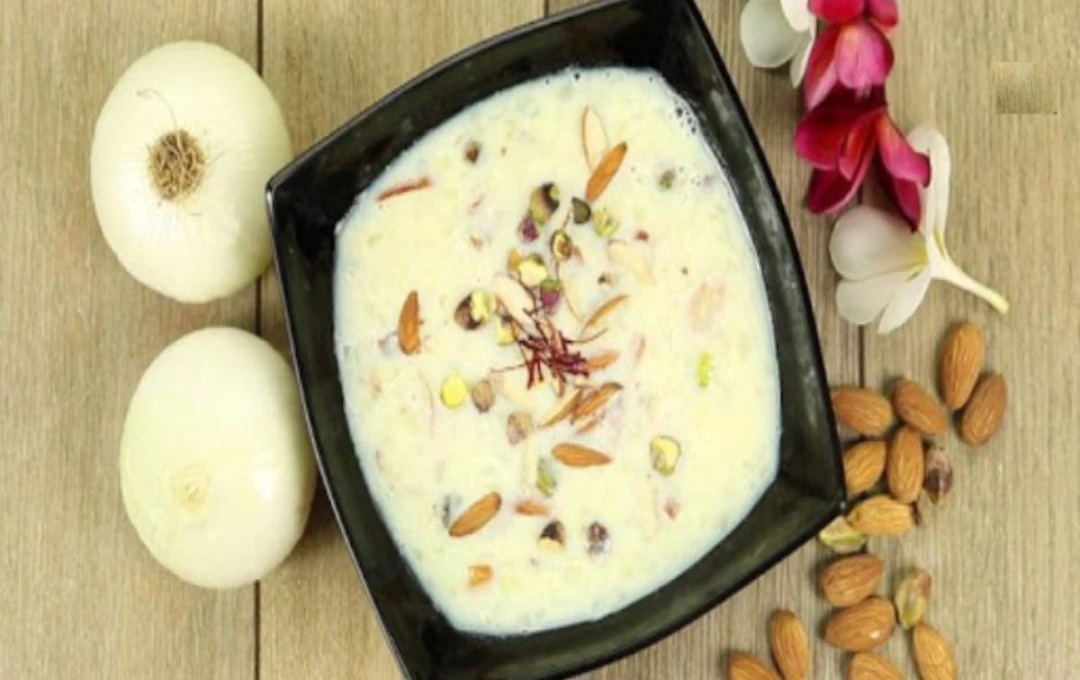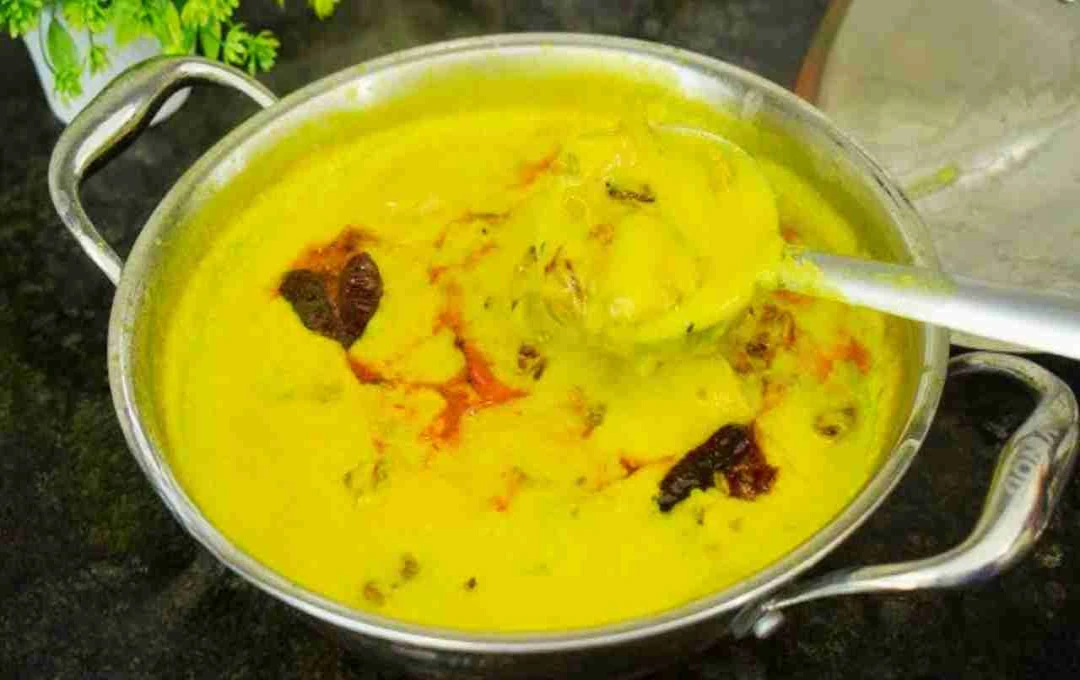Mustard greens (Sarson ka Saag) and cornbread (Makki ki Roti) constitute a Punjabi feast that captivates everyone's heart. The aroma and taste of freshly prepared sarson ka saag are unforgettable. However, achieving the perfect balance of flavors at home can be challenging. Improperly prepared mustard greens can taste bitter and unpleasant. Therefore, it's crucial to follow the traditional method to ensure a consistently delicious outcome.
Ingredients for Making Sarson ka Saag
- Mustard Greens (Sarson ke Patte): The soul of Punjabi saag. Use a generous bunch of fresh, vibrant green leaves.
- Bathua Leaves: Half a bunch of bathua leaves enhances the flavor and nutritional value.
- Spinach Leaves: Half a bunch of spinach adds to the vibrancy and nutritional content.
- Radish Greens (Mooli ke Patte): Add 2-4 fresh radish greens to boost the flavor.
- Radish Root (Mooli ki Jad): The radish root imparts a unique flavor; chop it into small pieces.
- Fenugreek Leaves (Methi ke Patte): Add a small amount of fenugreek for a distinct aroma and slight bitterness.
- Onion: Two medium-sized onions, peeled and finely chopped.

- Tomatoes: Two medium-sized tomatoes, chopped.
- Ginger: A half-inch piece of ginger adds freshness to the flavor.
- Green Chilies: Two green chilies for spice; adjust according to preference.
- Garlic: 8-10 cloves of garlic, peeled; beneficial for both taste and health.
- Red Chili Powder: A pinch of red chili powder for a subtle spiciness.
- Asafoetida (Heeng): Two pinches of asafoetida enhance the flavor and aid digestion.
- Salt: Add salt to taste.
- Corn Flour (Makke ka Atta): Two tablespoons of corn flour thicken and enrich the saag.
- Water: Add water as needed for cooking; adjust the quantity.
- Ghee or Mustard Oil: Use ghee or mustard oil for tempering, enhancing the flavor.
Complete Method for Making Punjabi Sarson ka Saag
Cleaning and Chopping the Greens: Begin by thoroughly cleaning the mustard greens. Ensure that thick, tough stems are completely removed, as they take longer to cook and can make the saag bitter. Wash the bathua, spinach, radish greens, and fenugreek leaves thoroughly. Rinse all the greens in a large bowl, changing the water at least two or three times to remove any soil or impurities.
Cooking the Vegetables: In a pressure cooker, add the chopped radish root, onions, tomatoes, ginger, garlic, green chilies, red chili powder, asafoetida, salt, and 2-3 cups of water. Add all the washed greens. Close the lid, place it on the stove, and cook until 4-5 whistles are released. This ensures the greens and vegetables are cooked thoroughly and their flavors blend.

Pureeing the Saag: Once the pressure cooker cools, open the lid and coarsely blend the saag in a mixer grinder. Do not puree it completely; a slightly coarse texture is desirable for authentic Punjabi saag. Transfer the paste to a deep pan and mix in the corn flour thoroughly. The corn flour thickens the saag and improves its consistency.
Cooking the Saag: Cook the saag over low heat, stirring occasionally to prevent sticking. If the saag becomes too thick, add a little water to adjust the consistency. Low heat cooking enhances the flavor.
Tips for Perfect Sarson ka Saag
- Use fresh, high-quality greens.
- Cook the saag on low heat to allow the flavors to meld.
- Use corn flour for the perfect texture.
- Always temper with mustard oil or ghee to enhance the aroma and taste.
- If the saag tastes slightly bitter, add a little jaggery or sugar to balance the flavor.
Punjabi Sarson ka Saag is a traditional and nutritious dish that is not only delicious but also very healthy. While it requires some effort, following the right method allows you to recreate this authentic Punjabi taste at home. Use this recipe to prepare a delicious and healthy saag for your family.














